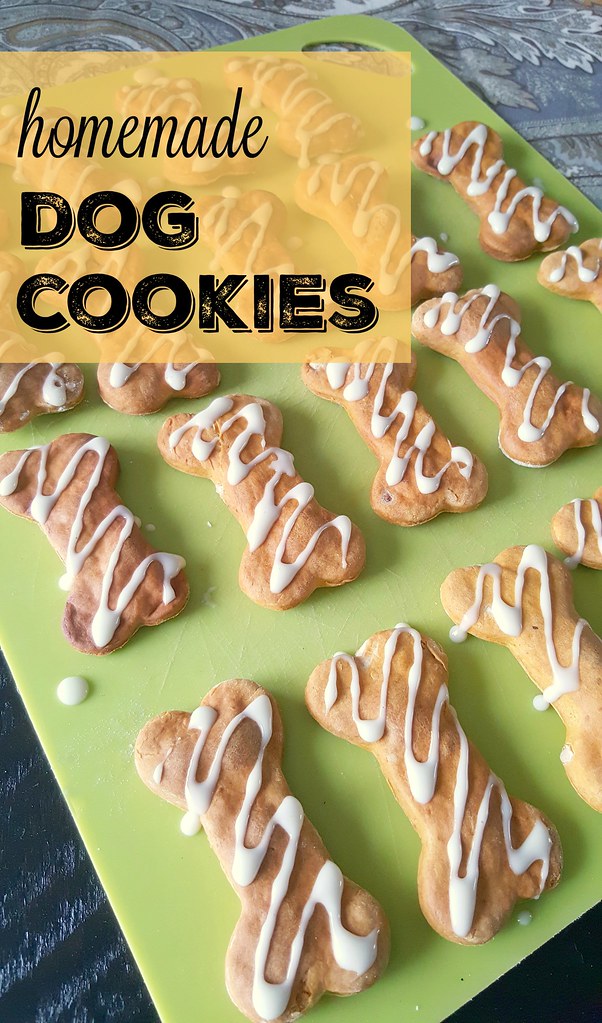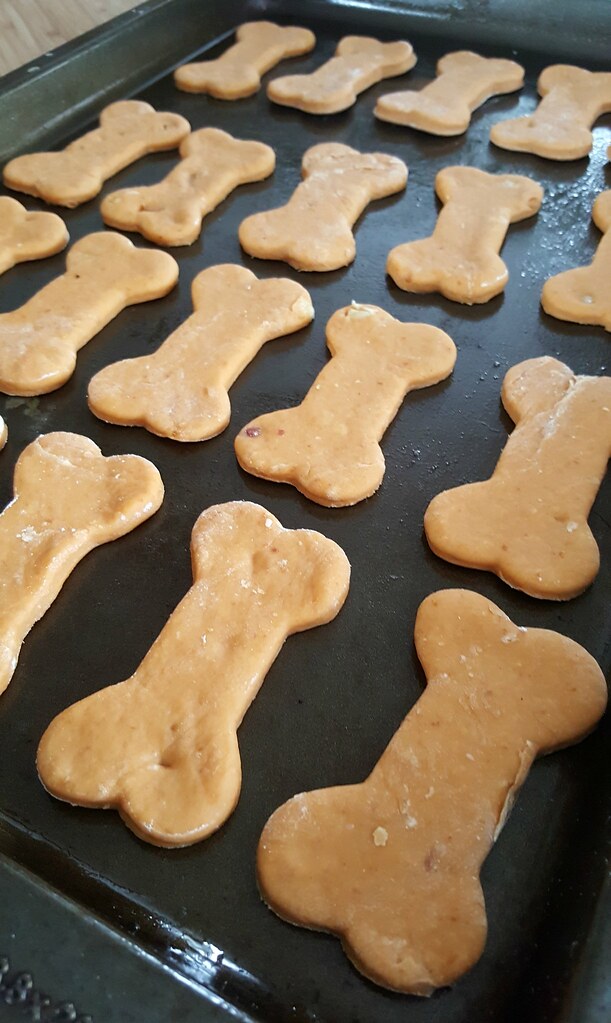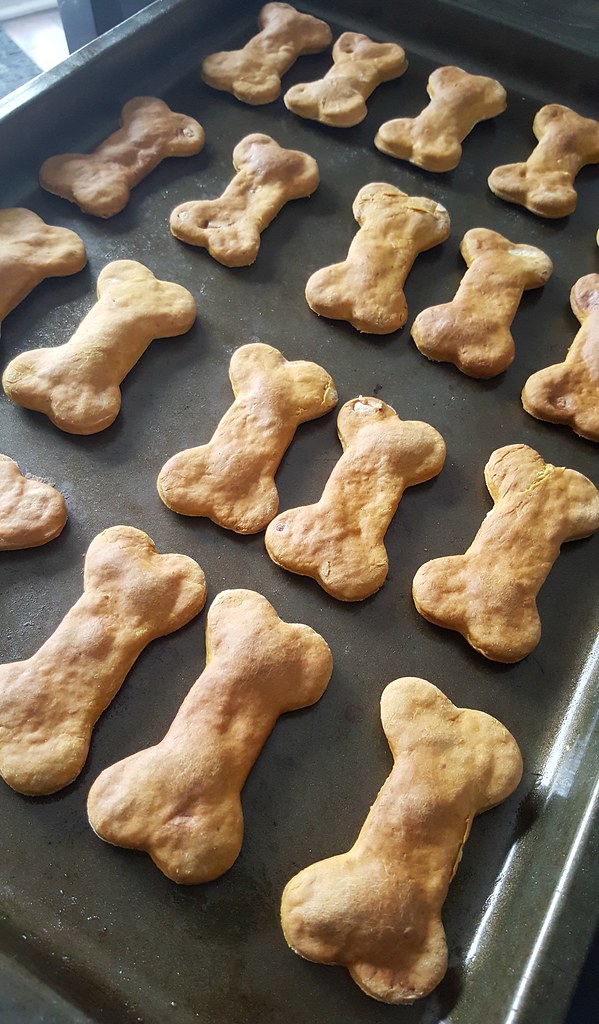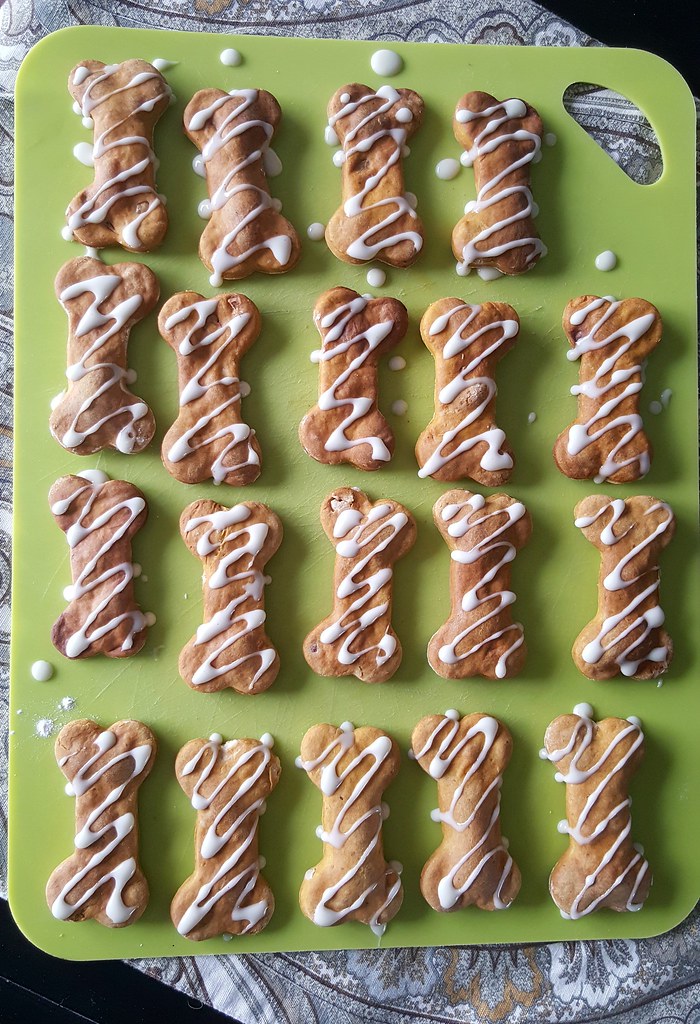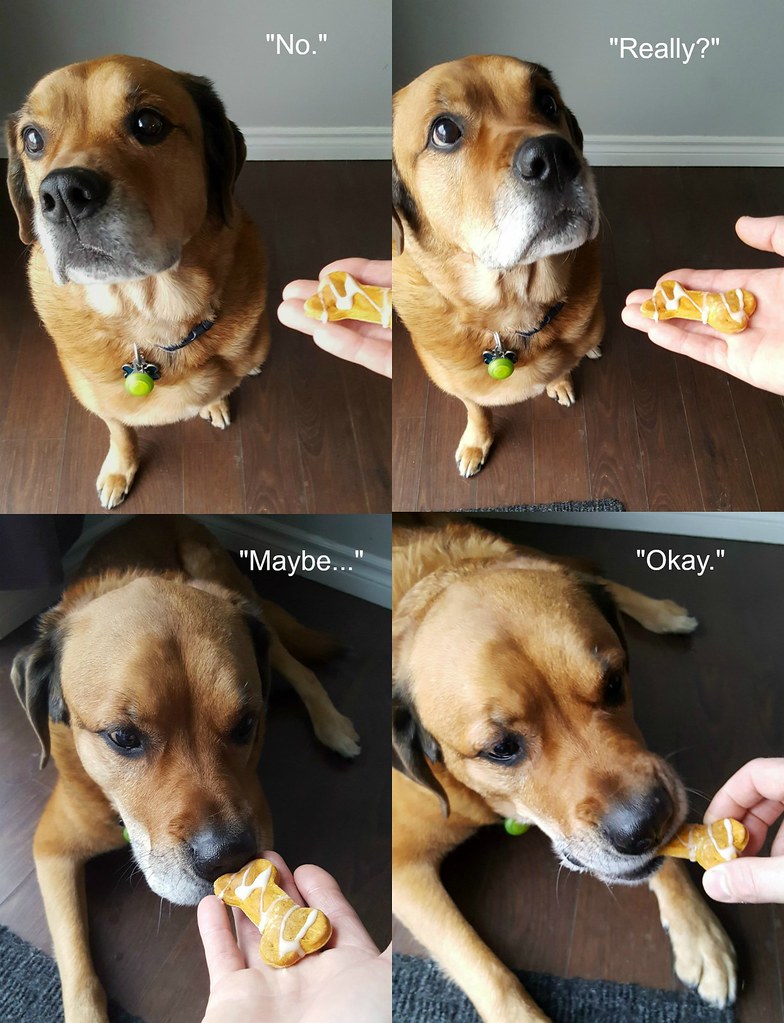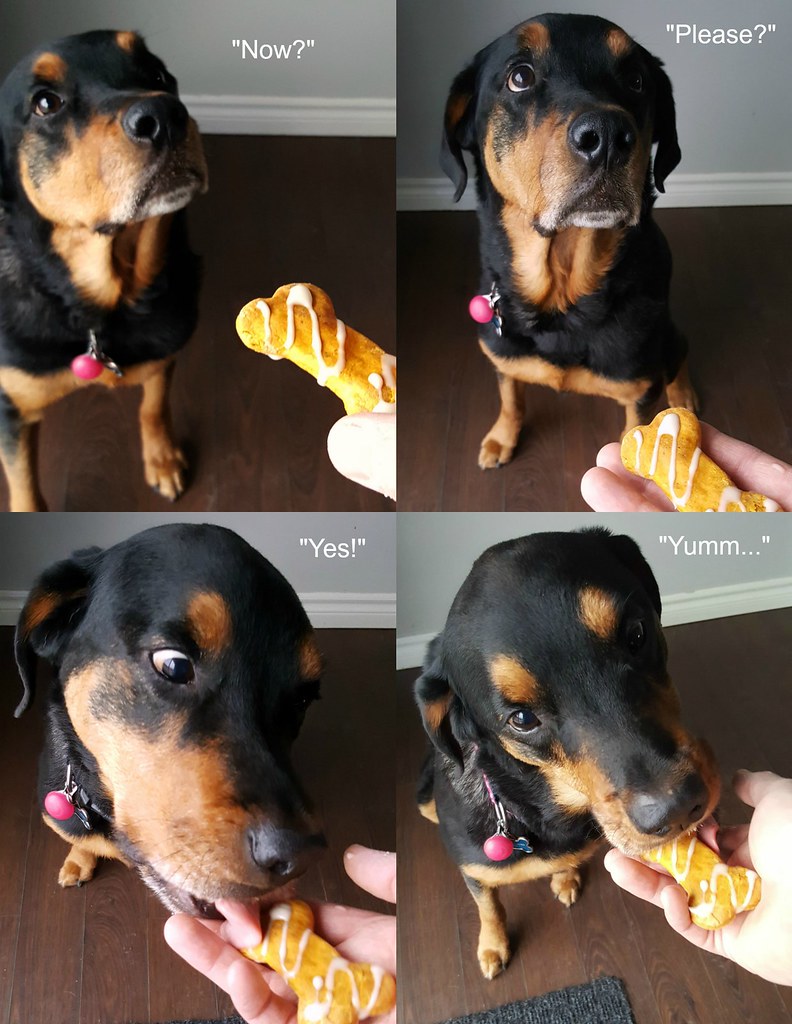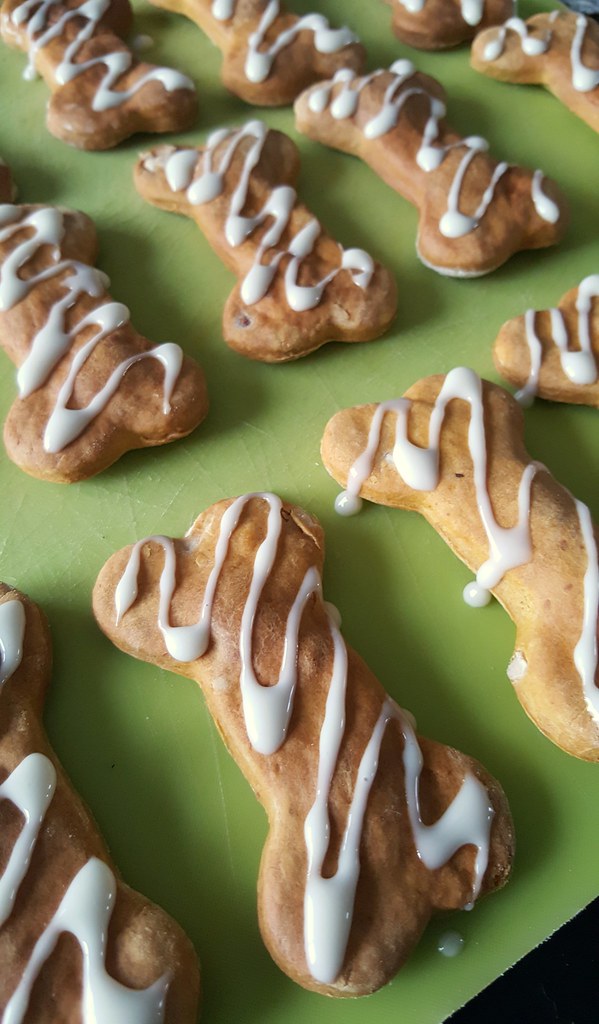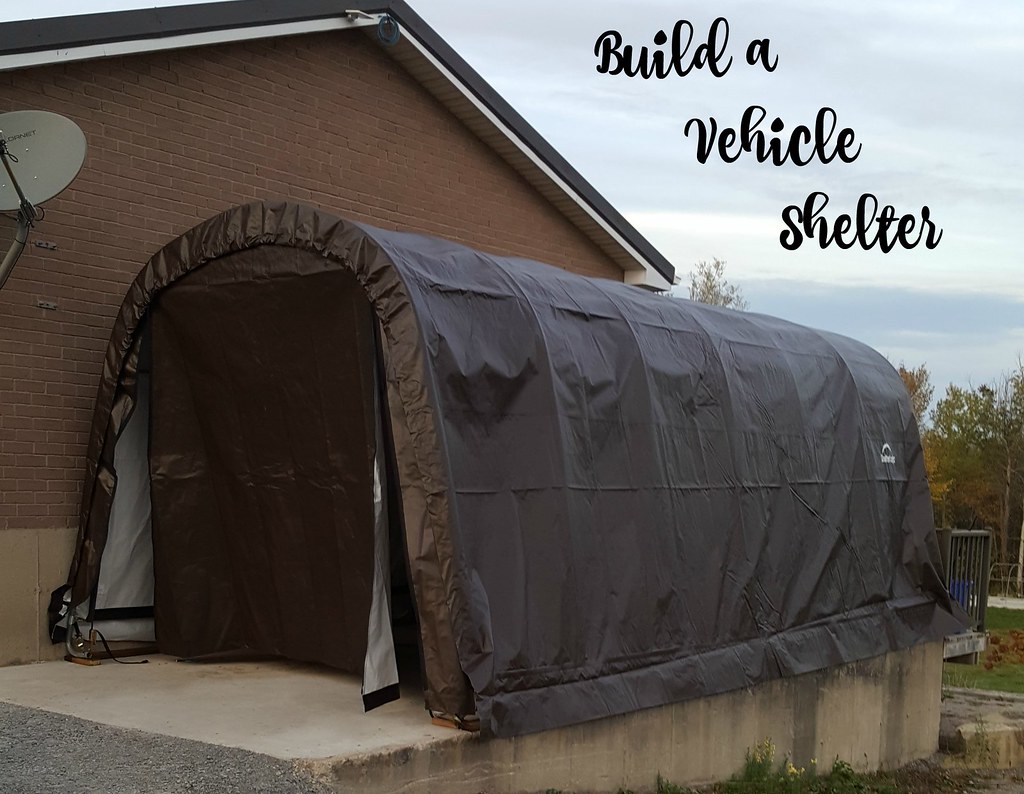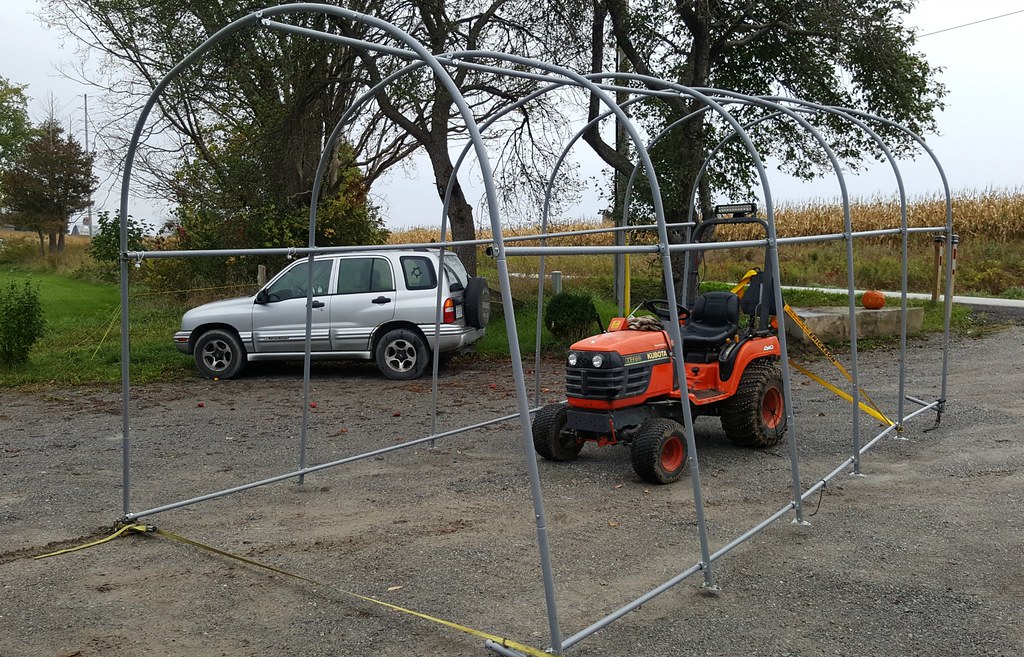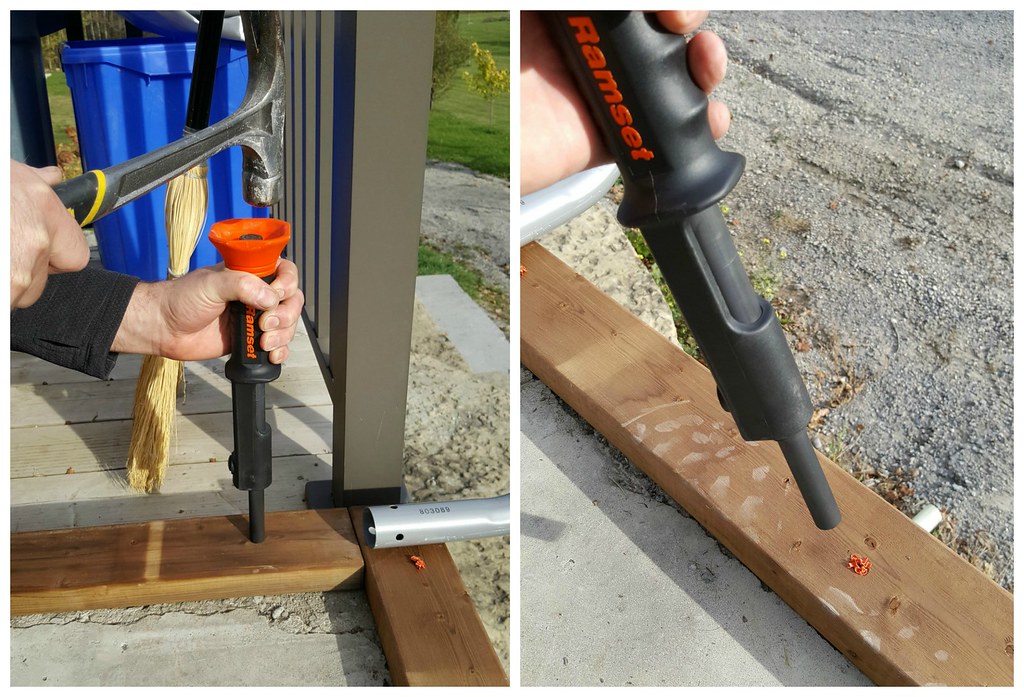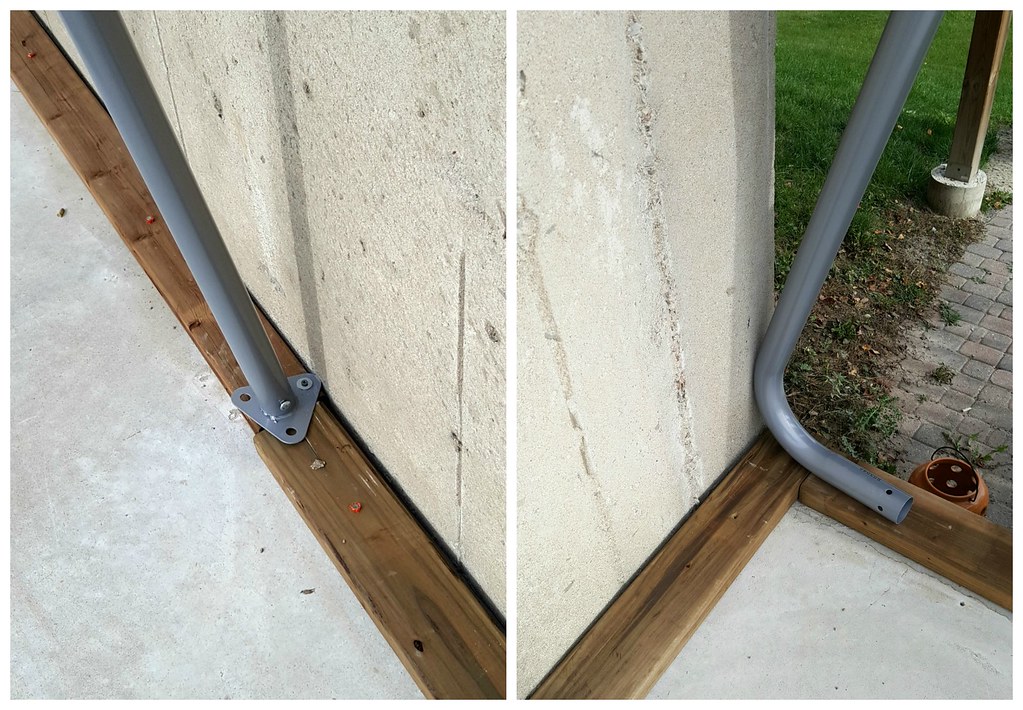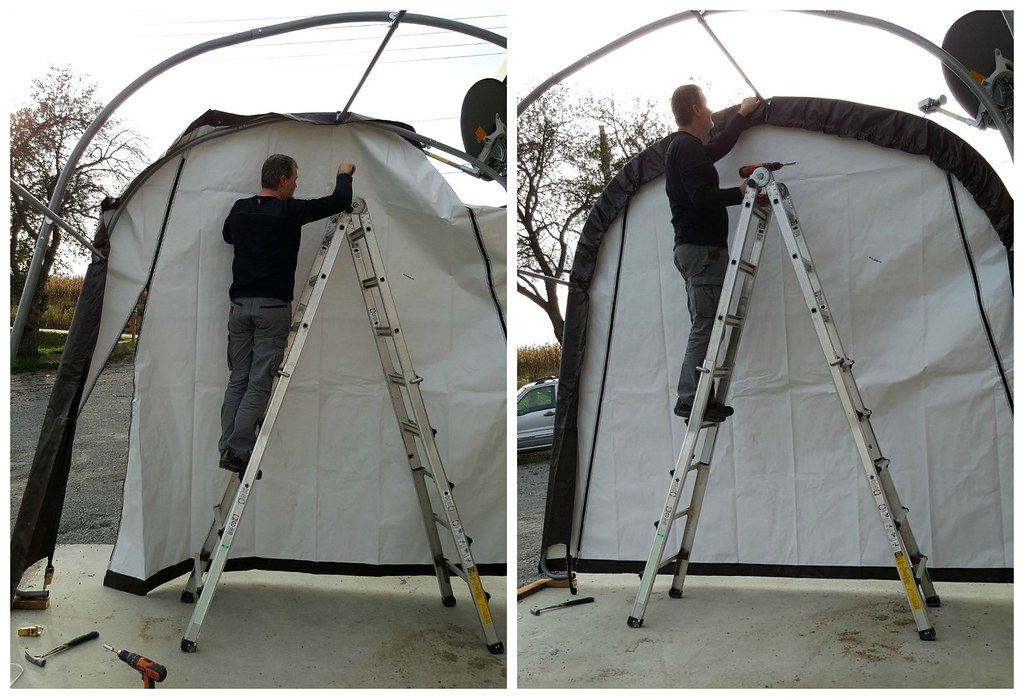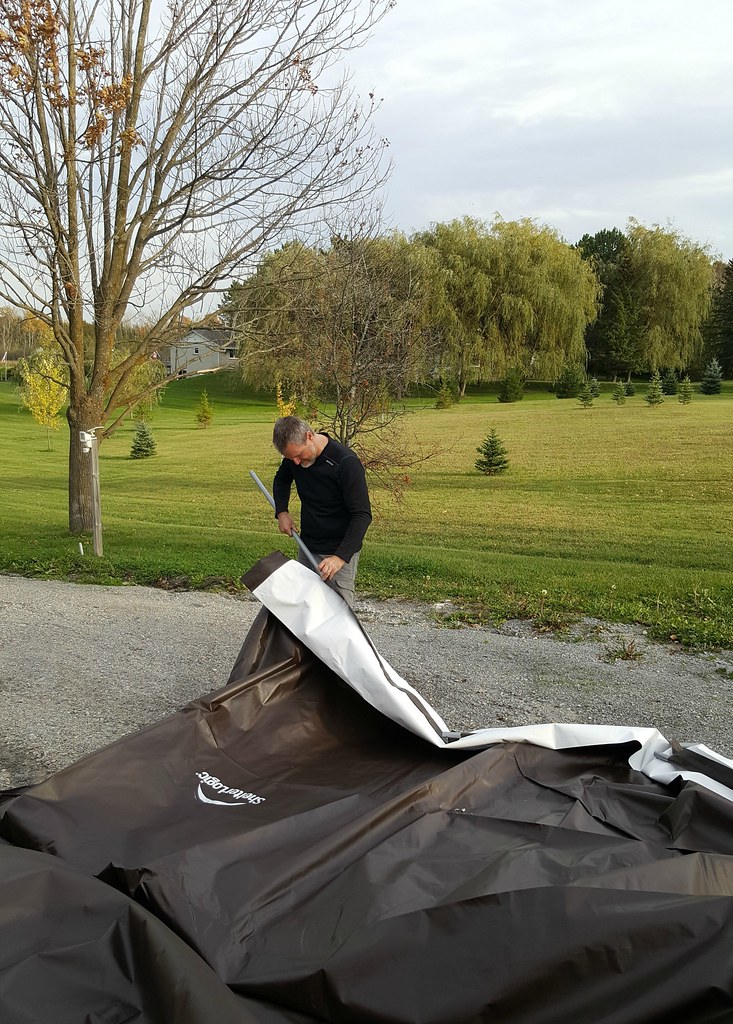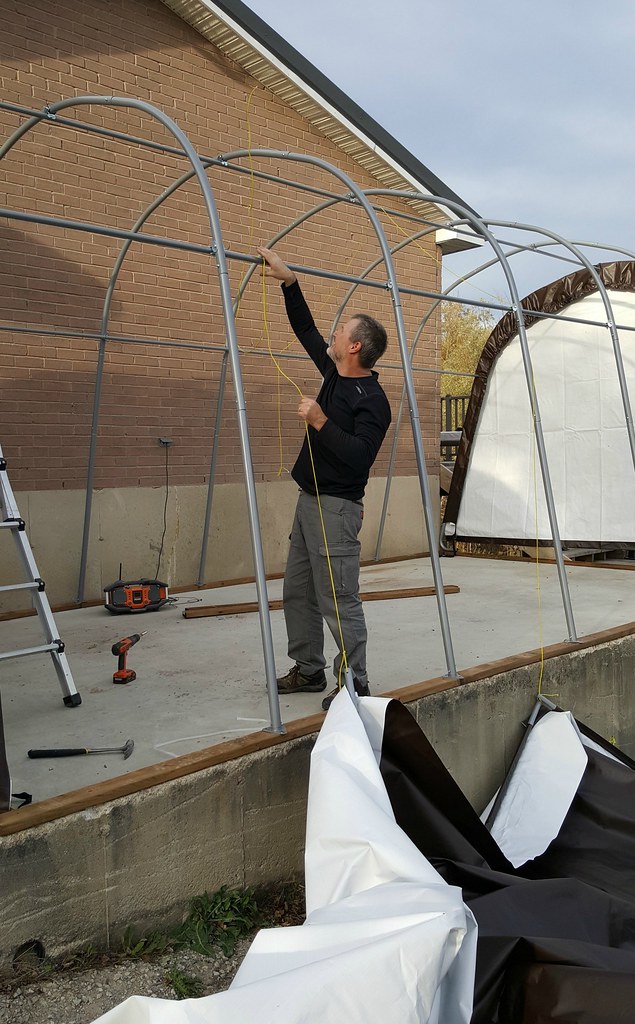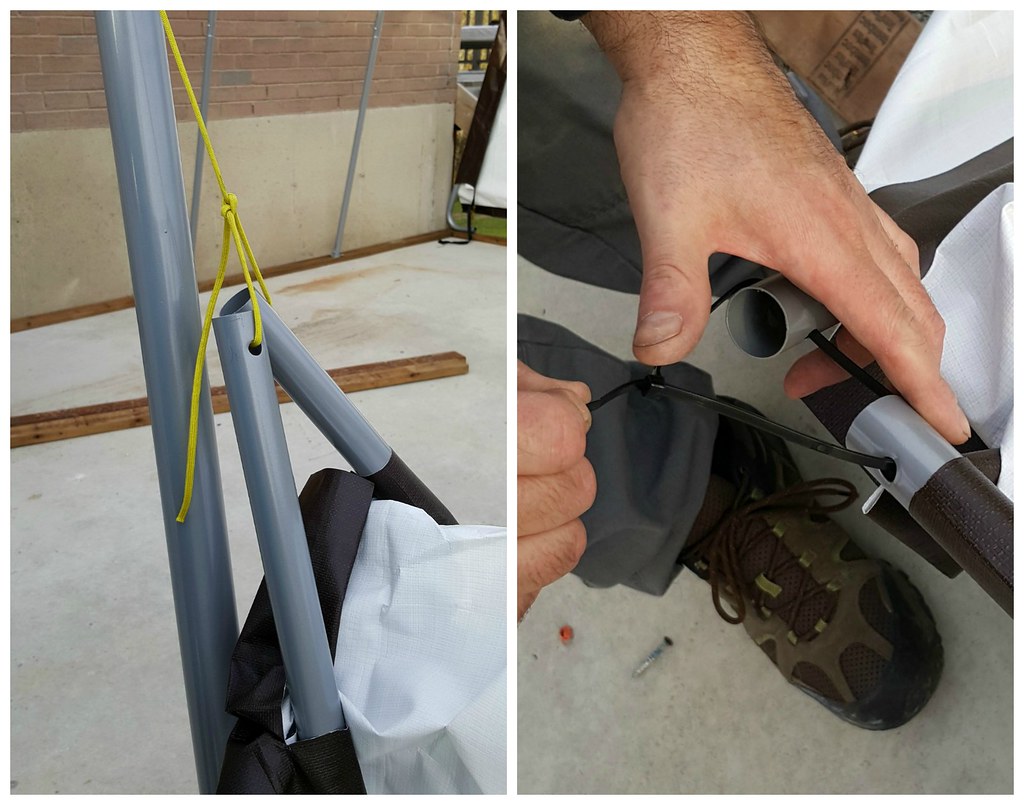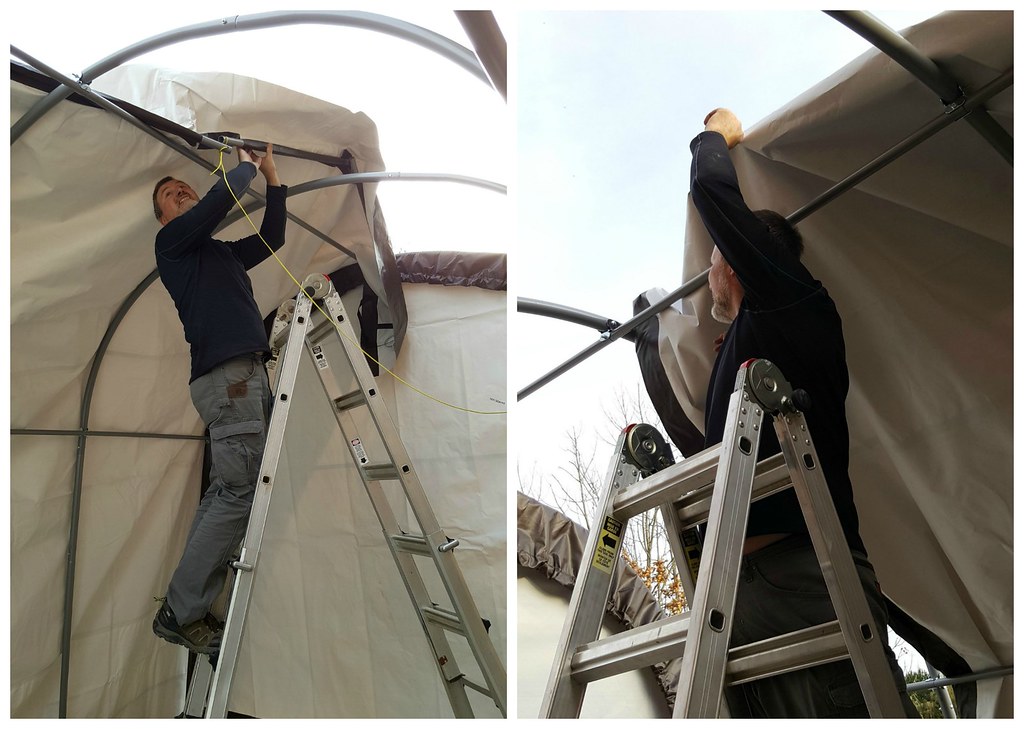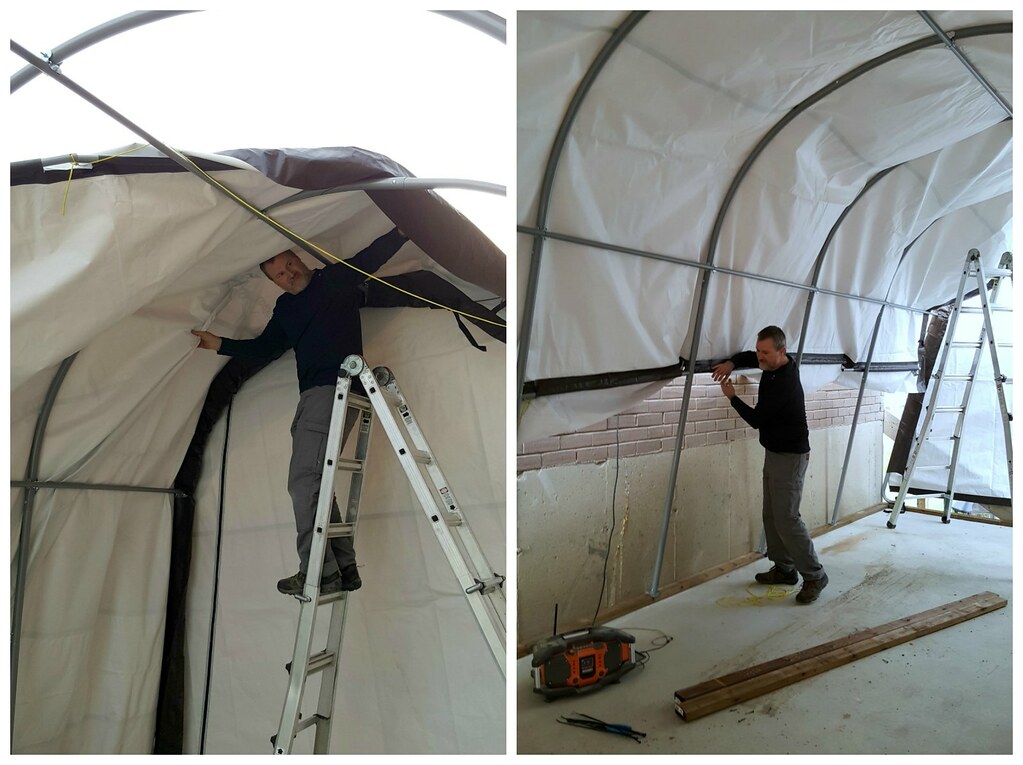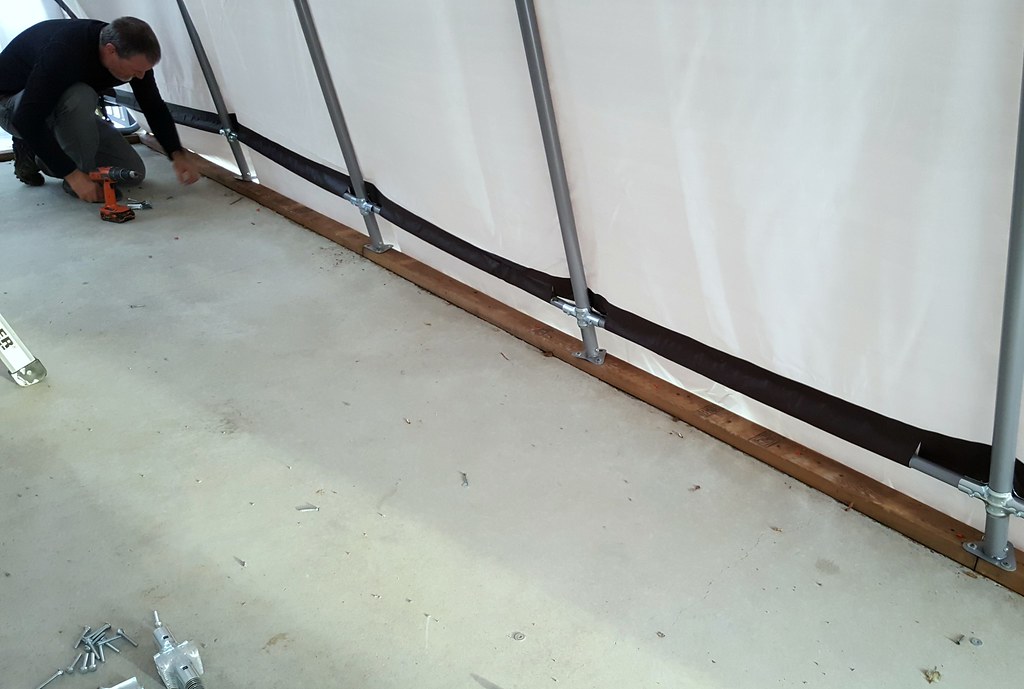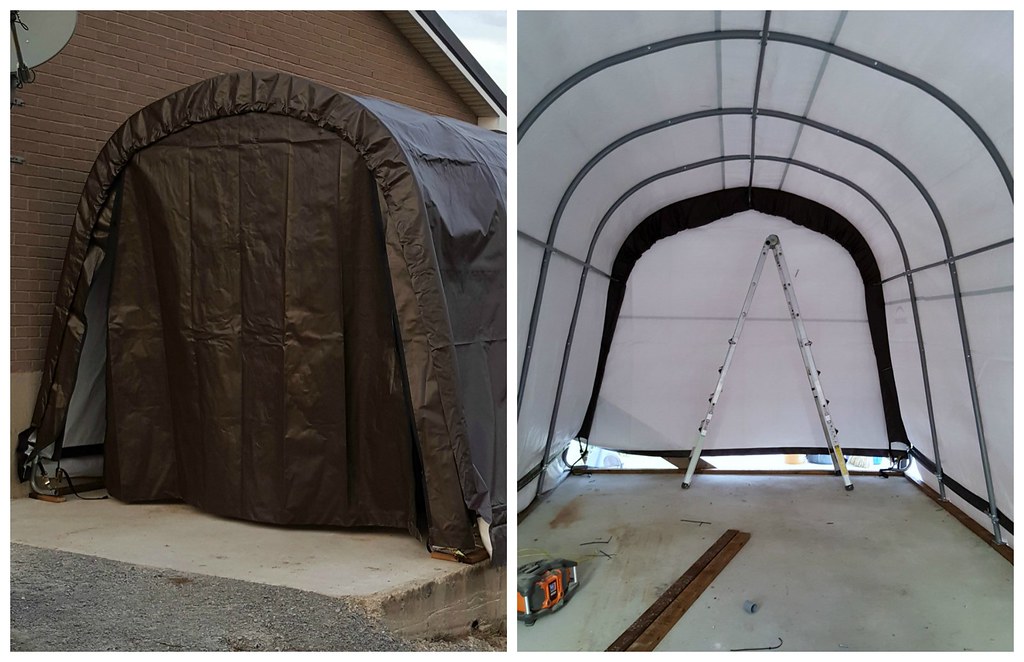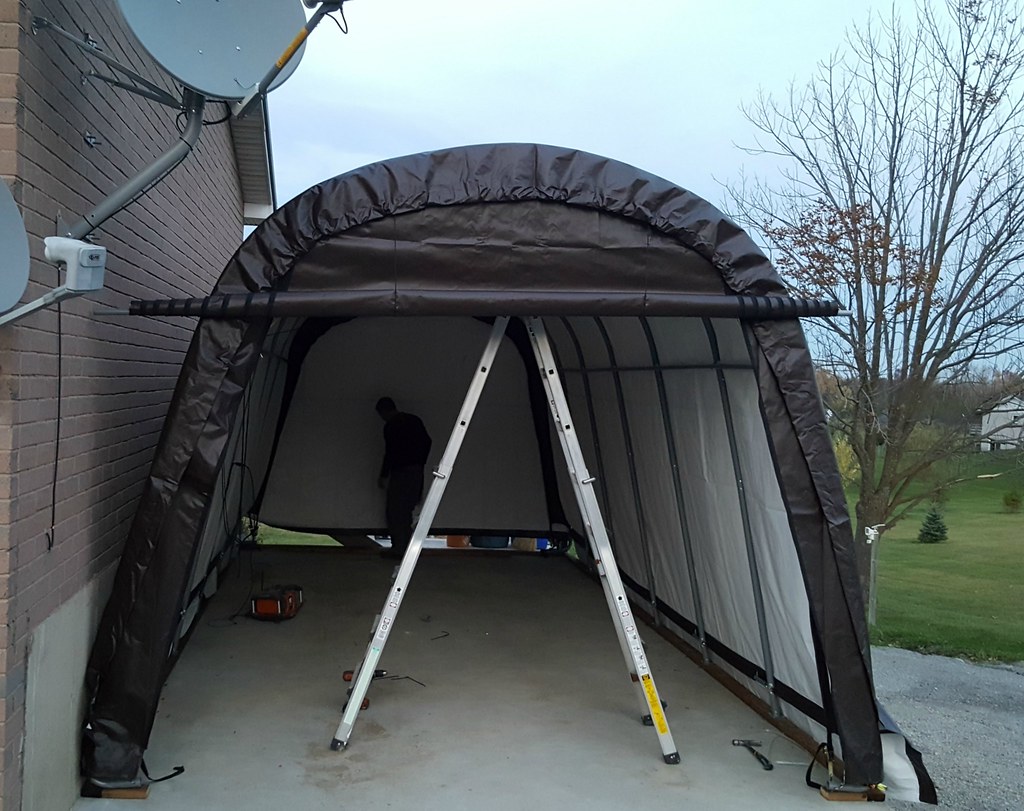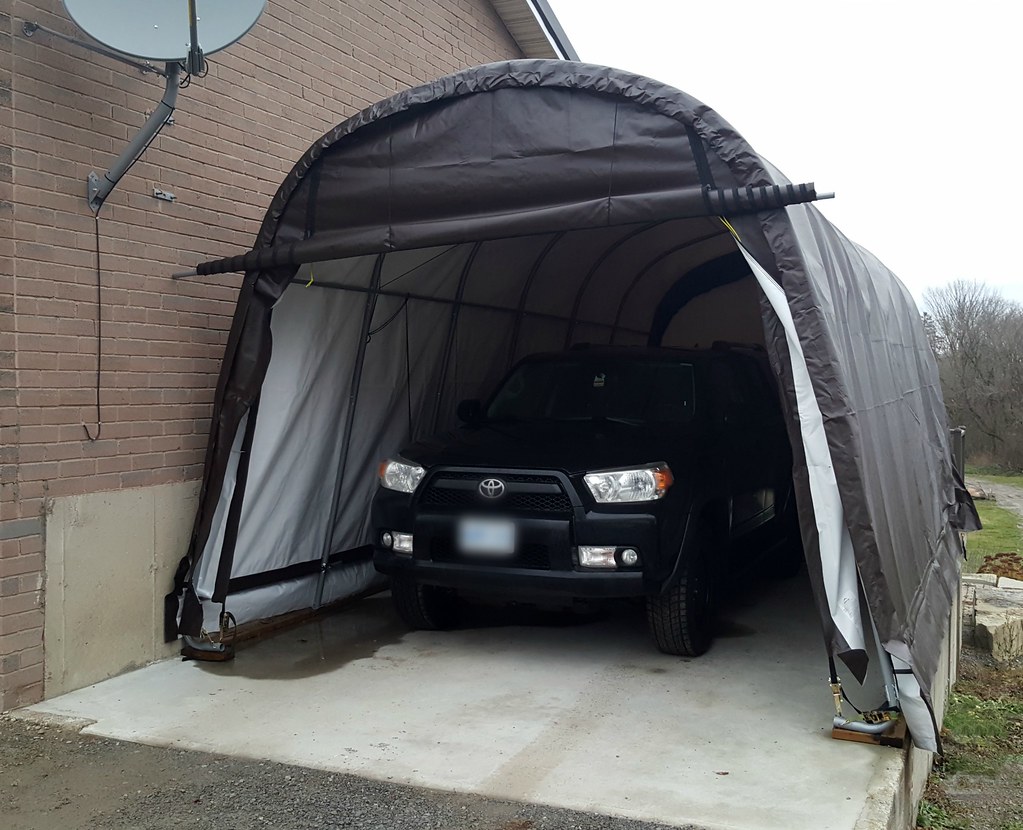But while the icing was setting I decided to try my hand at some dog cookies. Our oldest dog, Chloe, is notoriously picky - I always feel bad that she doesn't get as many treats as our younger dog, Sasha, who's like a garbage disposal. Her favourite words are "Clean up!"
I kept these cookies as simple as possible - you never know what Chloe's going to turn her nose up at on any given day. The recipe is just pumpkin, peanut butter, eggs, and flour - but you could add just about anything else you like, as long as it's safe for your dog.
Ingredients
For cookies:
2/3 cup pumpkin puree
1/3 cup peanut butter
2 eggs
2-3 cups of flour
beef broth
For icing:
2 tbs cornstarch
1 tbs honey
water as needed
Directions
Preheat the oven to 350 degrees F.
Mix together the pumpkin puree, peanut butter, and eggs. Add the flour a bit at a time, mixing until you have a dough that can be handled without being sticky. My batch needed about 2 1/2 cups, but it can vary depending on the flour used or the size of the eggs.
On a lightly-floured surface, roll your dough out to the desired thickness. Chloe is also picky about the size of the treat offered - it truly is like living with Goldilocks - so I made these ones about 1/4" thick. Cut your cookies in any shape you'd like. I used a cookie cutter shaped like a dog bone - here is a cute option that comes in multiple sizes. Right before I put them in the oven, I brushed the top of each cookie with beef broth.
Place your cookies on a greased or parchment-lined cookie sheet and bake for 20-25 minutes. I left mine in the oven for the maximum time to get a crunchier cookie.
Let them cool before icing.
To make the icing, mix together the cornstarch and honey. It will seem like it's too dry, but keep stirring! If you add water too soon, the cornstarch will absorb it and you will be left with cement. Once the cornstarch and honey are combined (it will have a peanut butter-like consistency) you can add a few drops of water if you want it thinner.
Put your icing mixture into a piping bag (or a sandwich bag with the corner cut off if you're

